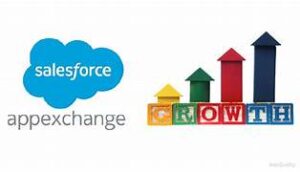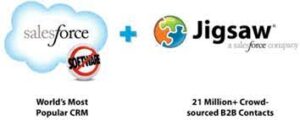Salesforce vs. Veeva: Navigating the CRM Split for Drugmakers
The long-standing partnership between Salesforce and Veeva is coming to an end, forcing pharmaceutical companies to decide which platform best suits their evolving needs.
A Strategic Decision, Not Just an IT Shift
As the contract between the two companies expires this September, drugmakers have until 2030 to choose their path. While some view the shift as a simple migration, industry leaders warn that this decision carries deeper strategic implications.
“Sometimes this is being seen as just an IT migration—but no, if you’re just migrating, you’re missing the strategic importance of this,” said Nancy Phelan, SVP and Head of Customer Engagement at Trinity Life Sciences. “Leaders are realizing this is a much bigger decision, requiring thoughtful consideration of timing, approach, and long-term business impact.”
A Messy Divorce?
In some ways, the split has turned into a battle, with both companies scrambling to win over clients. By the end of December, Salesforce had reportedly poached several major customers from Veeva, which currently holds around 80% market share in life sciences.
Both companies are adapting to drastic changes in the healthcare landscape, including an explosion of data, increasingly complex therapies, and evolving customer needs.
From what Phelan has observed, drugmakers aren’t gravitating toward one side or the other based on company size, pipeline, or core focus. Instead, both platforms offer distinct advantages that could shape the user experience in different ways.
Why the Split?
Veeva’s decision to leave the Salesforce platform stems from mounting limitations and risks that made a standalone approach more appealing. According to a report by Everest Group, the separation will shrink Salesforce’s footprint in life sciences, but its broader market presence may fuel faster development of next-generation technologies.
Veeva, on the other hand, is doubling down on its industry-specific capabilities, aiming to enhance its tailored solutions for pharma and biotech companies.
A Changing Landscape
For nearly two decades, Salesforce and Veeva have been intertwined, with Veeva building its life sciences CRM on Salesforce’s platform. Now, both companies are introducing new solutions, reflecting shifts in the pharmaceutical business model.
“Companies like Pfizer or Novartis last made this decision more than 15 years ago,” Phelan noted. “Back then, specialty pharmacy complexities, field reimbursement challenges, and patient affordability concerns weren’t as prominent as they are today.”
Additionally, the rise of AI and big data analytics has transformed the role of CRM platforms, making the Salesforce-Veeva decision more complex than ever.
Two Roads, Two Strategies
The key difference between the platforms moving forward will be how they align with drugmakers’ priorities:
- Salesforce is investing heavily in AI-driven capabilities, partnering with IQVIA to build the Life Sciences Cloud. This new platform, launched last year, focuses on AI-powered customer engagement and will introduce sales automation tools in September.
- Veeva is strengthening its industry-specific approach with its Vault CRM Suite, announced in December. It will incorporate AI but maintain the familiar user experience that life sciences teams rely on.
What’s Next for Pharma?
As the transition nears, both Veeva and Salesforce are putting their best foot forward. Fortunately, pharma companies still have time to evaluate their options.
“How we’re advising companies is, you’ve got a window of time and a future that is radically different from the last time you made this decision,” Phelan said. “You need to strategically assess the pieces that are important to you.”
With the deadline approaching, drugmakers must determine which path aligns best with their long-term vision.













